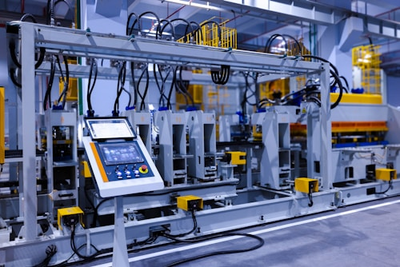Specifications - Finding Goldilocks: Not too hot, Not too cold, but just right!
#Understanding Specifications in Manufacturing
Goldilocks had the right idea when she searched for porridge that was “just right”—not too hot, not too cold. In manufacturing, we face a similar challenge when defining specifications: finding the perfect balance between quality and cost.
#The Goldilocks Principle for Specifications
When approaching specifications, think of it like Goldilocks:
-
Too Tight: Specifications that are unnecessarily precise require more resources (time, tooling, expertise, cost) to achieve consistently. They drive up production costs without adding value that customers are willing to pay for.
-
Too Loose: Specifications that are too permissive may be easy and cheap to achieve, but they allow too much variation, leading to quality issues and customer dissatisfaction.
-
Just Right: Specifications that balance customer requirements with manufacturing capabilities deliver optimal value at a reasonable cost.
#Finding “Just Right” Specifications
To find the optimal specifications for your products, consider these guiding principles:
#1. Customer Requirements First
Specifications should always start with what the customer needs, not what your process can achieve. Ask yourself:
- Does the specification satisfy functional requirements defined by the customer?
- Is the customer willing to pay for this level of precision?
- Are we exceeding requirements in areas the customer doesn’t value?
#2. Process Capability Second
Once you understand customer requirements, assess your process capabilities:
- Can your current process consistently meet these specifications?
- If not, what process improvements are needed?
- Are there alternative processes that could achieve the same result more efficiently?
#3. Continuous Refinement
Specifications aren’t set in stone, especially for new products:
- Start with nominal targets for new products or processes
- Gather data on actual performance
- Refine specifications based on real-world results
- Document the rationale behind specification changes
#Real-World Example
Consider a manufacturer producing precision machined parts:
Too Tight: Requiring surface finish measurements to 0.1 micron when the customer only needs 1.0 micron finish. This drives up inspection costs and may require specialized equipment without adding value.
Too Loose: Accepting dimensional tolerances of ±0.5mm when the assembly requires ±0.1mm. This leads to parts that don’t fit together properly, causing assembly issues and customer complaints.
Just Right: Setting specifications that match customer requirements while considering process capabilities. This might mean ±0.2mm tolerances that ensure proper assembly while being achievable with standard equipment.
#How Threaded Helps You Manage Specifications
Threaded’s Standard Work module provides powerful tools for defining, tracking, and managing specifications throughout your value stream:
- Centralized Specification Management: Define and store specifications in one place
- Process Integration: Connect specifications directly to work instructions
- Quality Checkpoints: Build specification verification into your processes
- Data Collection: Record actual measurements against specifications
- Trend Analysis: Identify when processes are approaching specification limits
By managing specifications in Threaded, you ensure that everyone in your organization has access to the most current specifications and understands their importance in delivering quality products.
Learn more about implementing specifications and quality standards in our Standard Work guide.



